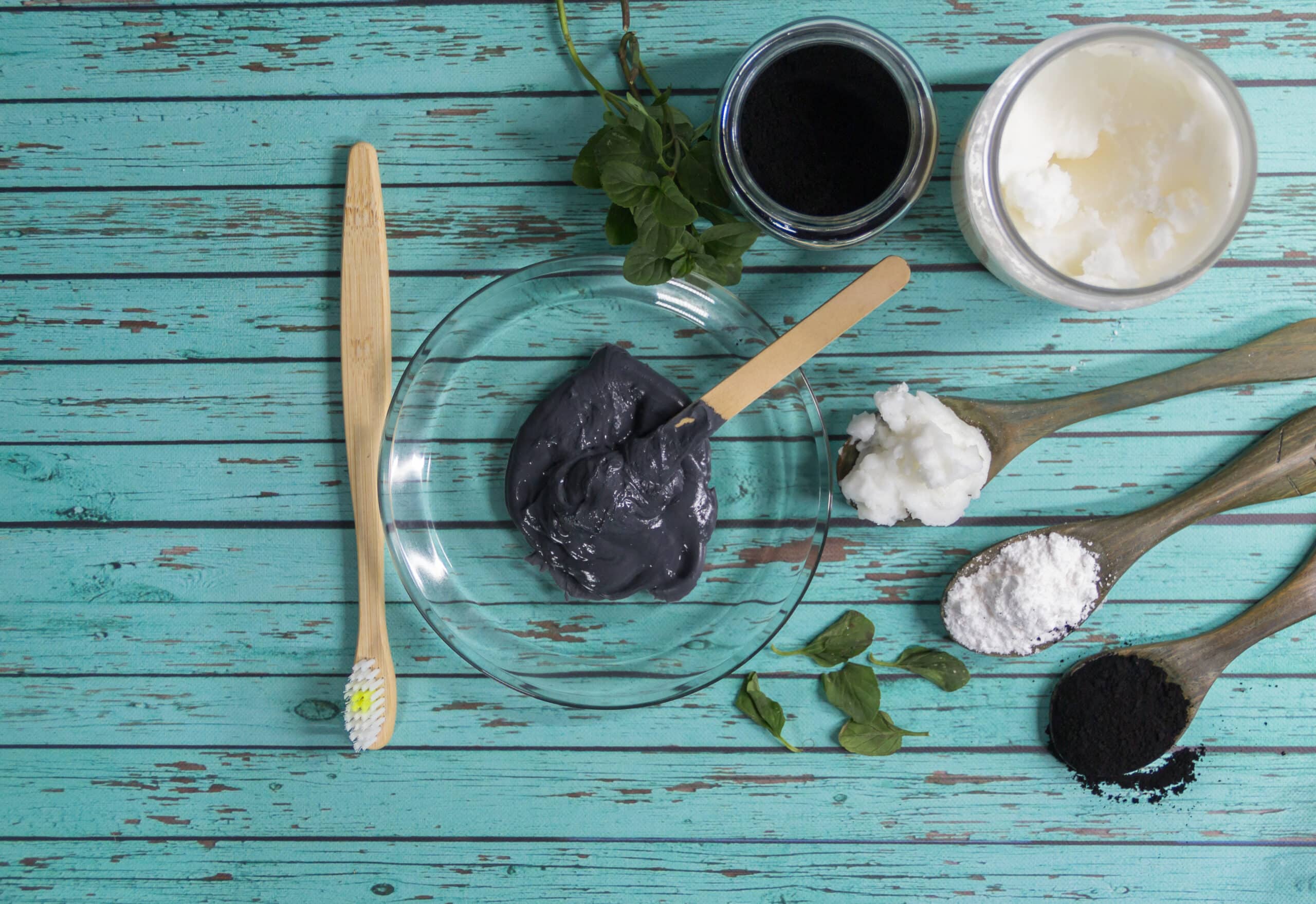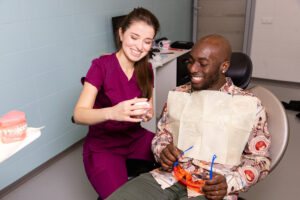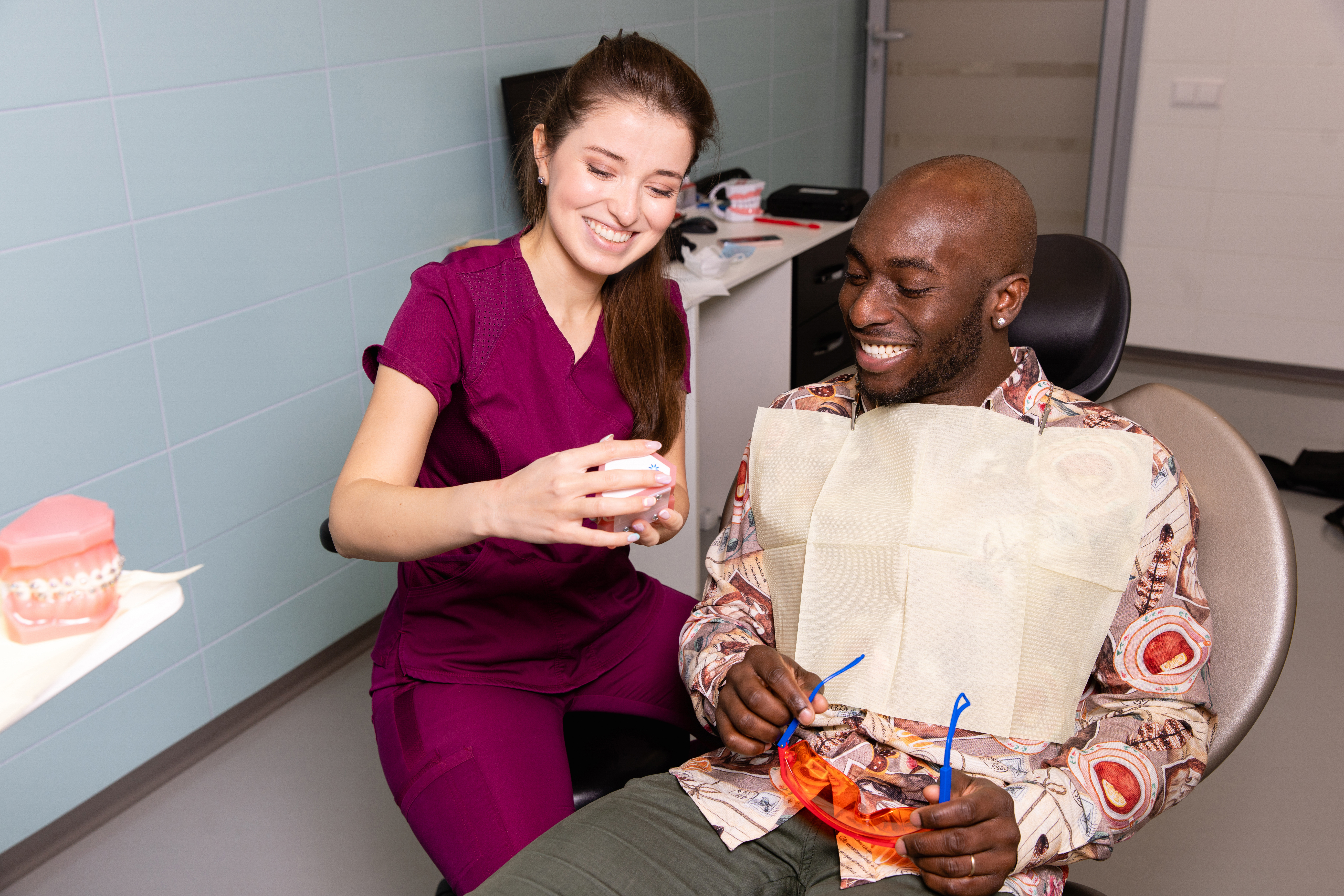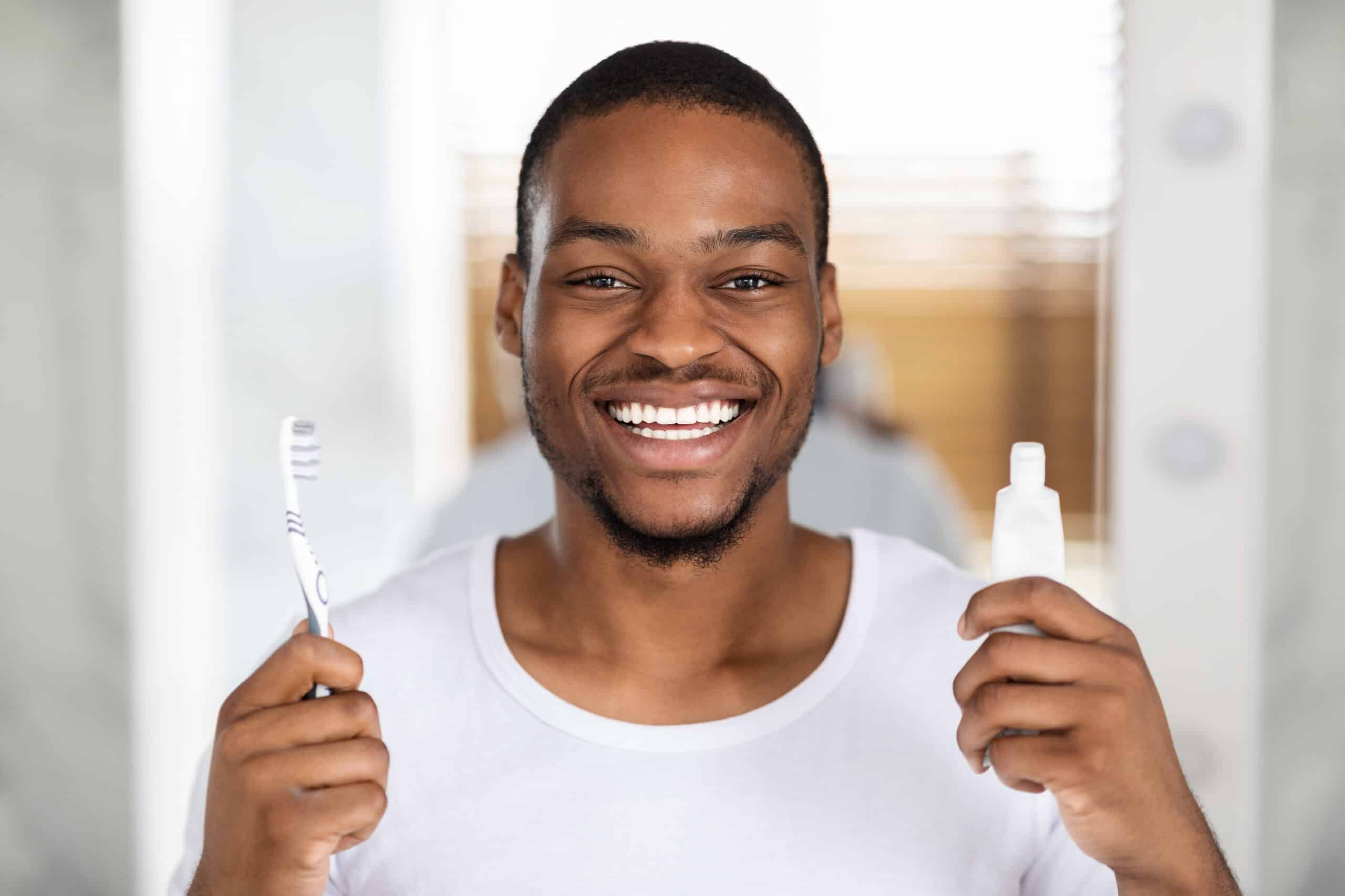Social media is filled with DIY at-home teeth whitening hacks. Many influencers share quick tips to whiten teeth, including the famous lemon juice and baking soda paste method. You might have already tried one or more of these hacks and ended up with not-so-white but more sensitive teeth.
Teeth staining is a common issue, often caused by coffee, tea, red wine, and smoking. Even age can darken your teeth. These yellow tooth stains can be stubborn, which pushes many people to try DIY at-home teeth whitening for a quick fix.
But do they actually work?
Let’s find out.
Common DIY At-Home Teeth Whitening Myths Debunked
There is no shortage of DIY at-home teeth-whitening methods, and almost all of them are popular for one or another reason. We want to take this opportunity to debunk some myths surrounding these “tricks”.
A. Baking Soda and Lemon Juice Paste
Many don’t realize how harmful this popular DIY teeth-whitening hack is for tooth enamel. For one, baking soda (sodium bicarbonate) is a mild abrasive that can wear down enamel – the semi-translucent layer that protects your teeth. Highly acidic lemon can also lead to enamel loss.
This DIY hack can lead to increased tooth sensitivity and might even harm your gums. The enamel damage also makes your teeth more prone to staining, which you were trying to avoid in the first place.
Some people recommend baking soda and apple cider vinegar, but it is an equally bad combination. Like lemon juice, vinegar is highly acidic, which may also damage your teeth.
B. Activated Charcoal
Activated charcoal is another common DIY teeth-whitening “trick”. You might have used it to whiten your teeth as a powder. Like baking soda, activated charcoal is a mild abrasive. It can absorb surface stains to some extent but at the cost of damaging the enamel layer. Activated charcoal makes your teeth surface rough, turning them into a breeding ground for mouth bacteria. These bacteria produce acids that eat away your tooth enamel and lead to cavities.
C. Oil Pulling
Oil pulling is an ancient practice that involves swishing coconut oil in your mouth. Besides whitening teeth, people claim it can kill bacteria, reduce plaque buildup, prevent tooth decay, and improve overall oral health. But none of these claims are backed by scientific evidence or medical research.
D. Over-the-Counter Whitening Strips and Gels
Over-the-counter products can be hit or miss. These products often use lower concentrations of hydrogen peroxide – a teeth-whitening agent. It’s almost impossible to achieve the desired results with low concentrations. If you overuse these kits, hoping to get better results, it can lead to tooth sensitivity and gum irritation.
What is the Most Effective Teeth Whitening Method?
The most effective method to whiten your teeth is to have it performed by a dentist in a professional setting. Even the higher-grade at-home kits can lead to mixed results. When the procedure is performed by a dentist, you’re getting more than just a whitening solution; you have professional support. This involves:
- Customized treatment
- Stronger whitening agents
- Even and consistent application
- Safety measures to protect your gums and enamel
- Immediate results
- Long-lasting effects
When you try at-home teeth whitening methods, there is a large margin for error. Dentists and hygienists have the training and expertise to assess the health of your teeth and gums and ensure that whitening will be safe for you.
Most importantly, they can identify and address any underlying dental issues that may affect the whitening process.
How Does In-Office Teeth Whitening Work?
Each dentist may have their own methods for in office teeth whitening, but the general steps typically remain constant across the board, these include:
Step 1: Consultation
The dentist will examine your teeth and gums to make sure they are healthy enough for whitening. You will also have an opportunity to discuss your expectations and any concerns you have.
Step 2: Prepare Your Teeth
The dentist or hygienist will do a deep clean of your teeth to remove any plaque and tarter.
Step 3: Protect Your Mouth
A barrier will be placed around your gums and other soft tissues to protect your mouth from the whitening agent.
Step 4: Apply the Whitening Agent
A bleaching gel, commonly containing hydrogen peroxide or carbamide peroxide, will be applied to the teeth. The concentration of the whitening agent is significantly stronger than over-the-counter products.
Step 5: Activate the Agent
The whitening gel will be activated using a special light or laser to enhance the whitening process and accelerate the chemical reaction.
Step 6: Rinse and Analyze
Once the final application is completed, the gel will be rinsed off and the dentist will evaluate the results. If necessary, additional applications may be recommended.
Step 7: Maintenance
You will be given instructions to maintain your whitened teeth – which commonly includes avoiding certain foods and drinks that stain teeth for the first 48 hours. You will also be provided with an at home whitening kit to maintain the results.
Step 8: Follow Up
We’ll schedule a follow-up appointment to gauge the results and make sure your gums are in good health.
Get Your Beautiful Smile Back
Professional teeth whitening – while more costly – is going to provide significantly better results than DIY at-home teeth-whitening hacks. Lemon juice and baking soda paste, coconut oil pulling, or activated charcoal – these methods rarely provide a long-term solution. All these are mild abrasives that can damage your teeth.
If you’re considering teeth whitening, consult with your dentist. A professional will help you find the safest way to restore your lovely smile.
Want a beautiful smile? Yonge Eglinton Dental is here to help. We offer a safe, custom in-office teeth whitening treatment. Call at 416-932-2222 or visit us online to book an appointment.








